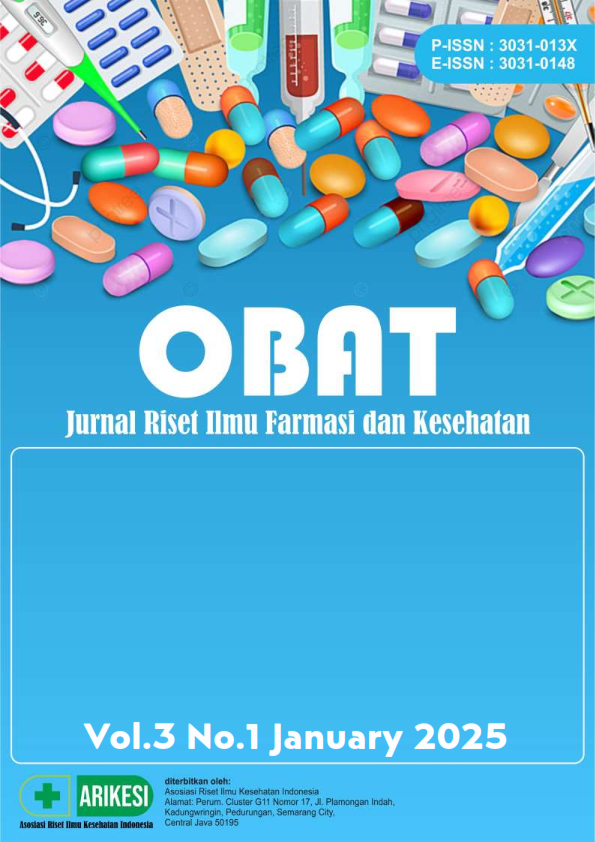Design and Implementation Of A Smart Stick and An Alert Device For People With Visual Impairment
DOI:
https://doi.org/10.61132/obat.v3i1.990Keywords:
Design, Implementation, Smart stick, Alert device, Visual impairmentAbstract
Electronic cane: It is an electronic cane designed in the shape of a long white cane, but it provides the blind with ultrasonic frequencies that he can feel under his hand and through an audible alarm when it hits a certain obstacle in its path{1}. It can also detect obstacles in all directions at a distance of five meters. The ends of this cane are made of lead. The International Federation of the Blind, which is one of the organizations affiliated with the United Nations, has declared October 15 of each year as the International Day of the White Cane for the Blind, due to the utmost importance of the white cane for the blind, as it makes him depend on himself after God. This dependence is foldable and is stronger and lasts for a long time. It is important to note here that the white cane with a red stripe placed on the lower part of the cane symbolizes the person's suffering from loss of vision with deafness or hearing impairment. Regardless of the type and shape of the white cane, it has become a symbol of the blind person’s independence and his ability to move, work and integrate into society like other individuals. It guides him to directions, barriers and obstacles and spares him the need to touch things that may be difficult or dangerous to touch, thus protecting him from many harms, in addition to providing him with a lot of information that he lacks due to his lack of sight and the inability of the other senses to provide him with it.
Downloads
References
Asiedu Asante, B. K. (2024). Development of a wearable assistive device for navigation for the visually impaired with command and request support.
Barrett, S. F. (2022). Arduino microcontroller processing for everyone!. Springer Nature.
Douglas, G., & McLinden, M. (2004). Visual impairment. SPECIAL TEA, 26.
Huang, W., et al. (2014). Smart cane.
Kelemen, M., et al. (2015). Distance measurement using an ultrasonic sensor. Journal of Automation and Control, 3(3), 112-116. https://doi.org/10.11591/jac.v3i3.20091
Leduc-Mills, B., et al. (2013). ioCane: A smart-phone and sensor-augmented mobility aid for the blind (Unpublished doctoral dissertation). University of Colorado, Boulder, Colorado.
Megalingam, R. K., Kannan, M. G., Greeshma, & Pillai, S. S. (2019). Design and implementation of intelligent crutches for medical applications. In 2019 International Conference on Communication and Signal Processing (ICCSP) (pp. 81-85). IEEE. https://doi.org/10.1109/ICCSP.2019.8697980
Satpute, R., et al. (2017). Smart cane for visually impaired person using Arduino. Imperial Journal of Interdisciplinary Research, 3(5), 234-238.
Downloads
Published
How to Cite
Issue
Section
License
Copyright (c) 2025 OBAT: Jurnal Riset Ilmu Farmasi dan Kesehatan

This work is licensed under a Creative Commons Attribution-ShareAlike 4.0 International License.





